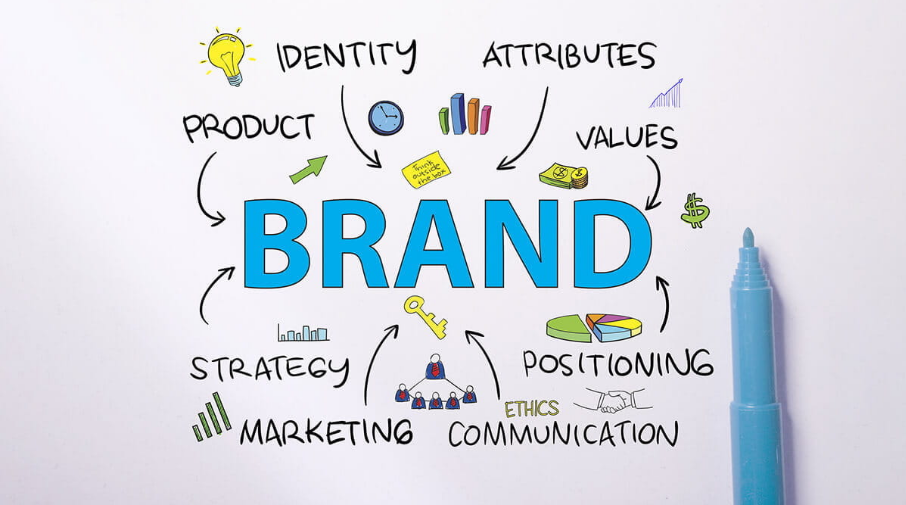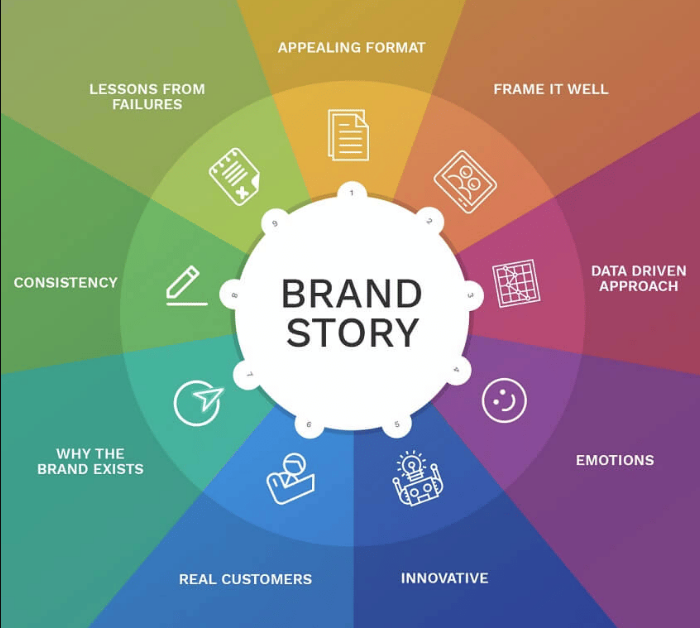Stories have a unique power to captivate us. They stick with us long after we’ve heard them. In brand marketing, storytelling isn’t just a trend—it’s a necessity. But why is it so important? This article will explore the art of crafting compelling stories for brand marketing, covering everything from the basics to practical tips for creating your own.

Table of contents
What is Brand Storytelling?
Brand storytelling is more than just talking about your products or services. It’s about creating a narrative that connects with your audience on an emotional level. This connection can turn casual viewers into loyal customers. At its core, a brand story should convey who you are, what you stand for, and why you do what you do.

Benefits of Brand Storytelling
Brand storytelling brings multiple benefits. First, it fosters an emotional connection with your audience. When people feel emotionally connected to a brand, they are more likely to remain loyal. Second, it enhances customer engagement. Engaging stories can spark conversations, leading to more interaction with your brand. Lastly, it can significantly boost brand loyalty, turning one-time buyers into repeat customers.
| Benefit | Explanation |
| Emotional Connection | Brand storytelling fosters an emotional bond with your audience. When customers feel connected, they are more likely to remain loyal and advocate for your brand. |
| Enhanced Customer Engagement | Engaging stories captivate your audience, sparking conversations and interactions. This leads to increased engagement with your brand across various platforms. |
| Boosted Brand Loyalty | Compelling narratives transform one-time buyers into repeat customers. Loyal customers are more likely to choose your brand over competitors consistently. |
| Increased Brand Awareness | Storytelling helps spread your brand message widely. Memorable stories are often shared, increasing brand visibility and attracting a broader audience. |
| Differentiation from Competitors | Unique stories set your brand apart from competitors. By highlighting your brand’s unique values and mission, you create a distinct identity in the market. |
Understanding Your Audience
Before you start crafting your brand story, you need to understand your audience. Who are they? What are their interests, needs, and pain points? Identifying your target audience allows you to tailor your stories to resonate with them. This tailored approach makes your narrative more relatable and impactful.
Elements of a Compelling Brand Story
A compelling brand story has several key elements. Firstly, it should have a clear message. This message should align with your brand values and mission. Secondly, it should feature relatable characters. These could be your customers, employees, or even you, the founder. Lastly, emotional appeal is crucial. Your story should evoke emotions that connect with your audience.

Creating a Unique Brand Voice
Your brand voice is the personality you convey through your storytelling. It’s important to maintain consistency in tone and style. Whether your brand is playful, serious, or somewhere in between, this voice should reflect your brand values. Consistency helps build recognition and trust.
The Role of Authenticity
Authenticity in storytelling builds trust. People can tell when a story is genuine. Sharing real experiences and avoiding over-exaggeration can make your story more believable and trustworthy. Authentic stories resonate more deeply with audiences.
Utilizing Social Media for Storytelling
Social media platforms are ideal for sharing your brand stories. Each platform has its strengths. Use Instagram for visually-driven stories, Twitter for brief and impactful messages, and LinkedIn for professional narratives. Engaging followers through stories can increase your reach and impact.
Measuring the Impact of Brand Stories
It’s crucial to measure the effectiveness of your brand storytelling efforts. Track key performance indicators (KPIs) like engagement rates, conversion rates, and audience growth. Use tools like Google Analytics and social media insights to gauge the success of your stories.
Engagement Rates: Measure how your audience interacts with your brand stories through likes, comments, shares, and time spent on content. Higher engagement rates indicate that your stories resonate well with your audience and keep them interested.
Conversion Rates: Track how effectively your brand stories lead to desired actions, such as sign-ups, purchases, or inquiries. High conversion rates suggest that your stories are persuasive and successfully drive your audience to take action.
Audience Growth: Monitor the increase in your followers, subscribers, or overall audience size after sharing brand stories. A growing audience shows that your stories are attracting new people and retaining existing ones, expanding your reach.
Analytical Tools: Utilize tools like Google Analytics and social media insights to analyze data and track these KPIs. These tools provide detailed reports and metrics, helping you understand which stories perform best and refine your storytelling strategy accordingly.
Adapting Stories for Different Channels
Different platforms require different storytelling approaches. Tailor your content to fit each platform while maintaining consistency in your brand message. For example, a story on LinkedIn might be more formal compared to a playful Instagram post.
Overcoming Common Challenges
Brand storytelling isn’t without its challenges. One major challenge is maintaining authenticity. It’s important to be genuine and transparent. Another challenge is managing negative feedback. Address it constructively and use it as an opportunity to improve.
Conclusion
Crafting compelling stories for brand marketing is both an art and a science. By understanding your audience, creating a unique brand voice, and maintaining authenticity, you can create stories that resonate and engage. Start crafting your brand story today and watch how it transforms your brand.
Read more: The Evolution of Mobile Marketing: Trends and Tips
FAQs
The most important element is emotional connection. It helps build a strong bond with the audience.
Small businesses can build a loyal customer base by creating relatable and engaging stories.
Avoid being inauthentic, overly promotional, or inconsistent in your storytelling.
Update your brand story as your brand evolves and as you reach new milestones.

Alex Mitch
Welcome to my blog! With over 10 years in digital marketing , I’ve seen its incredible impact on smaller businesses. Join me as we explore how digital marketing can grow your audience and boost your business. Whether you’re an experienced entrepreneur or just starting out, you’ll find practical tips and insights to enhance your digital marketing strategies.





